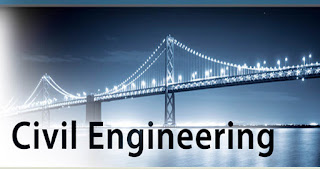In the era of concrete, concrete is exposed to chemical, such as carbonation and chloride adulteration break down the alkaline barrier in the cement. Subsequently, steel in the concrete becomes corrosive. Such phenomena lead to erosion of concrete at the reinforcement level, cracking and spelling of concrete due to volume increase of steel reinforcement. Different methods were investigated to overcome corrosion by numerous researchers.According to A.S.T.M D792 13 standards the density of H.F.R.P bars have been evaluated the experimental value with 0.1mg precision. As per the standards, the H.F.R.P bars are weighed. Then, the H.F.R.P bar is immersed in distilled water at 230C and the wet weight of the bar is noted. The weight of the Sinker in immersed condition is also noted.The laboratory tests carried out to evaluate the physical and mechanical properties of the newly developed H.F.R.P bars and are compared with that of conventional bars. The bond properties of H.F.R.P bars with concrete is also determined. Finally, it explains the experimental investigations on the flexural behavior of concrete one way slabs reinforced with H.F.R.P reinforcements under static loading and are compared with conventional ones. The stress strain performance of the sand coated H.F.R.P bar is linear, lacking yield point up to the failure transverse shear strength is 3 times lesser than the tensile strength of the H.F.R.P bars. Thermal properties of fibers are substantially different in the longitudinal and transverse direction. Therefore the thermal characteristics vary between products according to the fiber, matrix and the fiber volume ratio. In this study the longitudinal Coefficient of linear thermal expansion is 7.5 x 10 6 oC to 9x 10 6 oC. Whereas the transverse Coefficient of linear thermal expansion is between 15 x 10 6 oC to 20 x 10 6 oC. Load deflection graphs drawn exhibits the accordance between experimental and FEM ANSYS observations. The reduced deflection of FEM is due to the rigidness of meshing. The results also confer about the effect of tension stiffening and the bond slip. From the comparison it has been observed that experimental deflections vary from 1.03 to 1.37 times higher than the FEM deflections.
by Prerna Vaidya | Prof. Nitesh Kushwaha | Prof. Afzal Khan "An Analysis of Mechanical Properties and Flexural Behavior of Concrete Slabs Reinforced with H.F.R.P Reinforcements"
Published in International Journal of Trend in Scientific Research and Development (ijtsrd), ISSN: 2456-6470, Volume-5 | Issue-3 , April 2021,
URL: https://www.ijtsrd.com/papers/ijtsrd38691.pdf
ugcapprovedmanagementjournal, openaccessjournalofmanagement, paperpublicationinmanagement








No comments:
Post a Comment